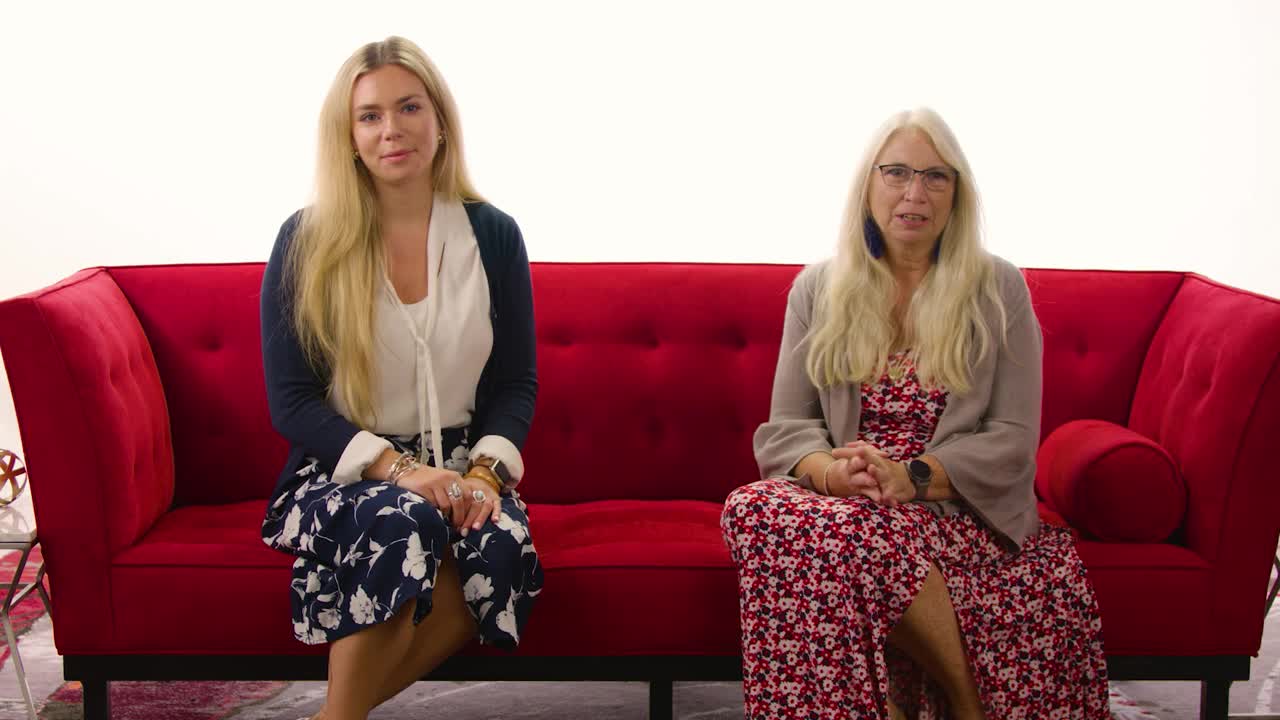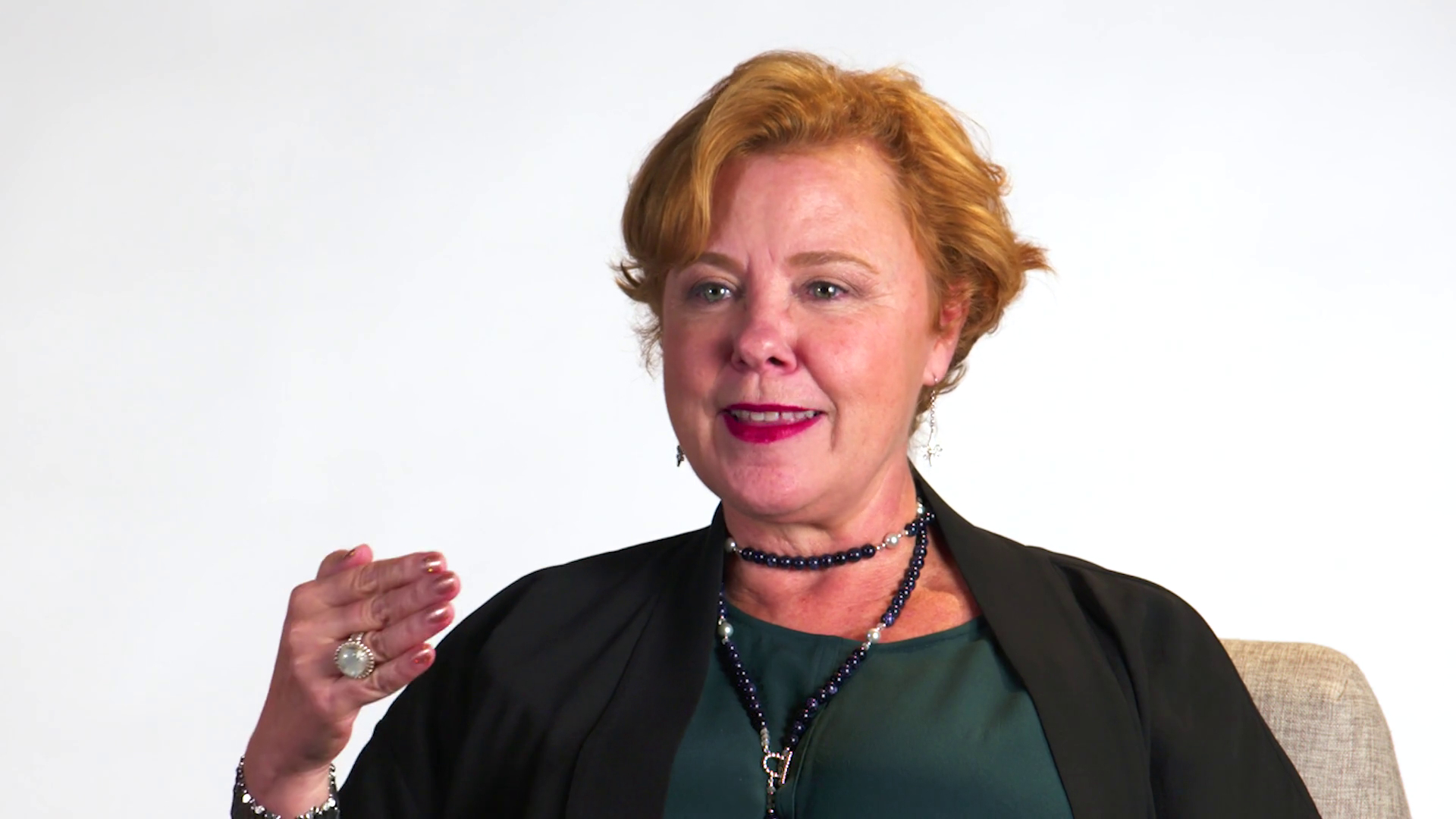A powerful venue sourcing network
Venue sourcing options for all types of planners
Get started for free to browse nearly 340K hotels and venues around the world in the Cvent Supplier Network. Search using AI, filter your results, send one RFP to multiple venues, and pull reports to manage venue data.
Need more customized and automated features for your event? Upgrade to the enterprise plan to streamline your entire sourcing process.
Hear what our customers have to say
Deutsch Family Wine & Spirits
"We had to adjust what our live events would look like, and Cvent helped us be prepared for that with the new features they implemented in the Supplier Network. We used custom criteria and the built-in capacity calculator to save hours of manual labor."
Jenny Sosowiecz, Event Planner
Autodesk
"The Cvent Supplier Network enables the team to source venues using unique criteria and filters. Rather than having every single hotel follow up with us individually, they'll go through the NSO and it's very efficient. It saves us tons of time."
Gigi Gleason, Sr. Manager, Global Meetings Solutions
Federal Conference
The Cvent Supplier Network is like a one-stop shop. I put all my information into a database and because they have such a wide visibility, people call me. I don't have to call them. So, it saved me a lot of time, energy , and money.”
Faye Crenshaw, Event Planner, Federal Conference


















